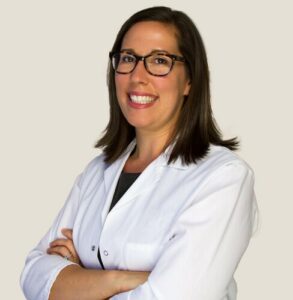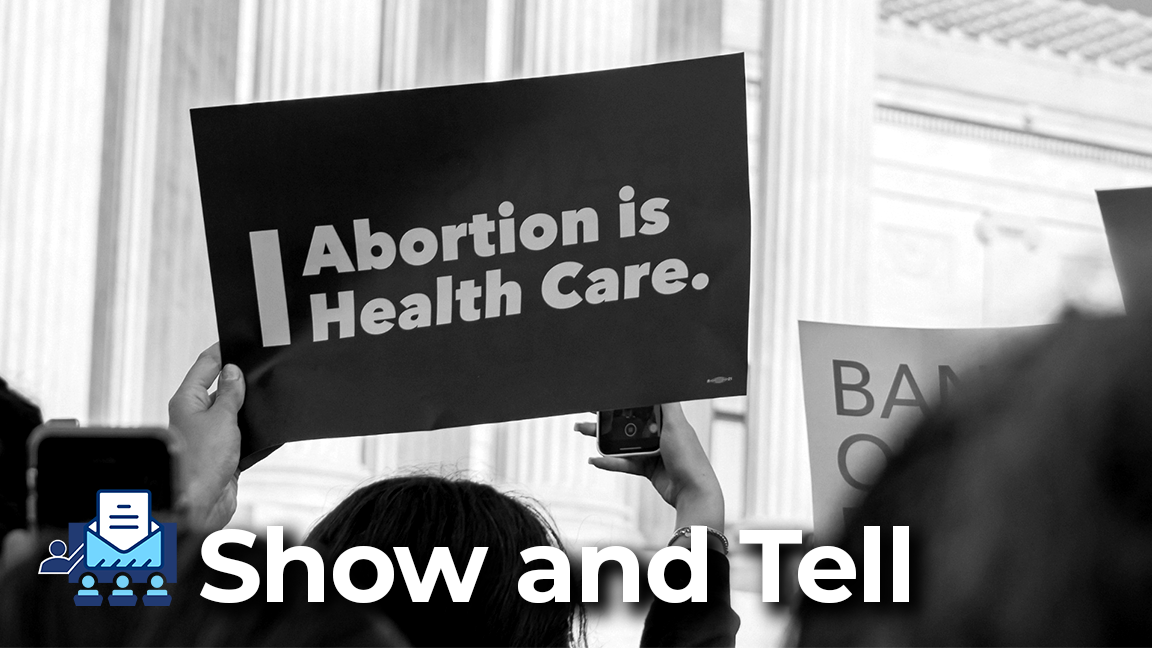By Shayne Poulin, MD
 In the wake of the Supreme Court decision to overturn Roe v Wade and Casey v Planned Parenthood many are asking … What happens now? and What can I do?
In the wake of the Supreme Court decision to overturn Roe v Wade and Casey v Planned Parenthood many are asking … What happens now? and What can I do?
As family physicians we can help our patients navigate this new, but not unprecedented, landscape. Whether you provide options counseling, medical or surgical abortions, or care for someone after their abortion, we all have a role to play.
Where to start? The overturning of Roe leaves the legislation of abortion to the individual states. California has the California Reproductive Privacy Act which ensures abortion remains safe and legal in our state. In addition, there are many new laws being established to strengthen abortion access in California. Approximately half of the states in the US will have laws severely limiting or abolishing abortion. We will see the impact of this in California with an influx of patients seeking services. With this influx from outside the state we also need to ensure the marginalized patients in California retain their access to these essential services.
What can we do?
- Reassure patients that abortion is safe and legal in California
https://www.oag.ca.gov/reprorights
https://states.guttmacher.org/policies/california/abortion-policies
- There will likely be an increased demand for contraception, including Long-Acting Reversible Contraception (LARC).
- Consider prescribing emergency contraception, for anyone with the potential for pregnancy
- Get Nexplanon trained if you are not already: https://www.organonconnect.com/nexplanon/dosing-administration/
- Have IUDs on site for same day insertion – (52mg levonorgestrel IUD and copper IUD can be used for emergency contraception when placed within 5 days of unprotected intercourse)
- Share resources with patients and help them access abortion
https://accessrj.org
https://prochoice.org
https://www.plancpills.org
https://www.plannedparenthood.org/learn/abortion
https://abortionfunds.org/
- Consider integrating abortion services into your practice
- Medication Abortion is safe and 99% effective up 11 weeks – (It can be offered via telehealth with appropriate screening protocols)
- Reproductive Health access project has training and resources specifically for telehealth medication abortion here: https://www.reproductiveaccess.org/resource/telehealth-care-for-mab-protocol/
- TEACH is one source for comprehensive abortion care training: https://www.teachtraining.org
- Be familiar with post abortion care
- Abortion is very safe (safer than a shot of penicillin)
- Guiding patients on normal side effects is essential to reducing unnecessary presentations for emergency care
- https://workbook.pressbooks.com/chapter/routine-post-abortion-care-2/
- Some patients may seek self-managed abortions. This can be done safely with medication when protocols are followed. Being aware of this option and providing nonjudgmental care if a patient presents after a self-managed abortion is essential to prevent unnecessary testing or procedures. https://www.reproductiveaccess.org/2022/06/beyond-roe-sma/

 In the wake of the Supreme Court decision to overturn Roe v Wade and Casey v Planned Parenthood many are asking … What happens now? and What can I do?
In the wake of the Supreme Court decision to overturn Roe v Wade and Casey v Planned Parenthood many are asking … What happens now? and What can I do?